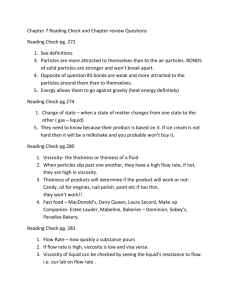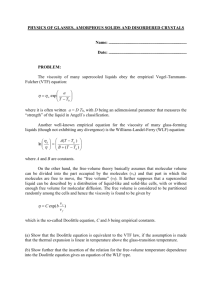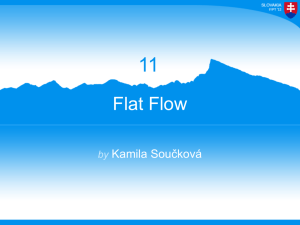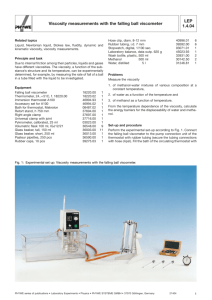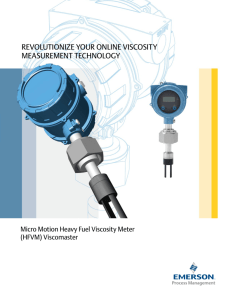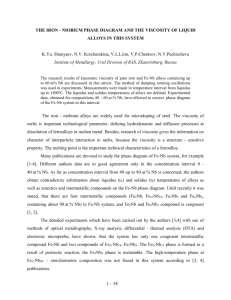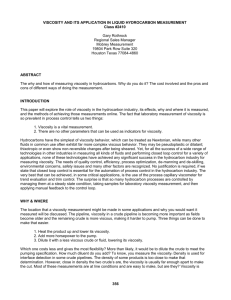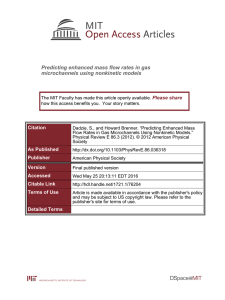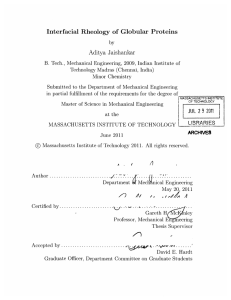Material properties and microstructure from
advertisement
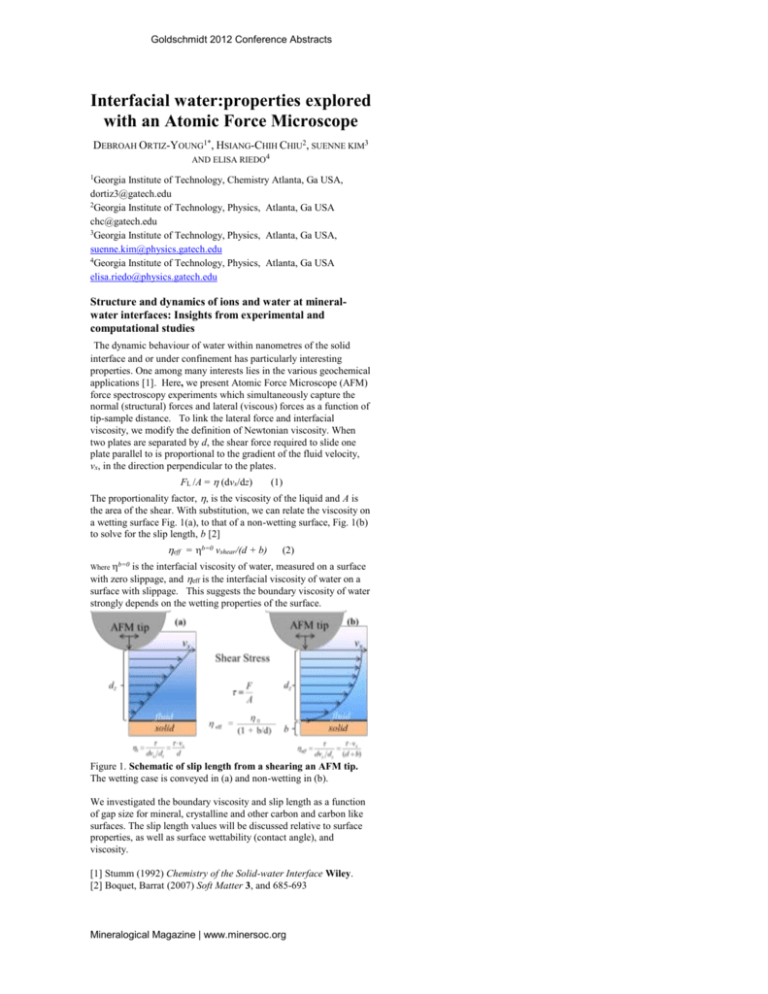
Goldschmidt 2012 Conference Abstracts Interfacial water:properties explored with an Atomic Force Microscope DEBROAH ORTIZ-YOUNG1*, HSIANG-CHIH CHIU2, SUENNE KIM3 AND ELISA RIEDO4 1Georgia Institute of Technology, Chemistry Atlanta, Ga USA, dortiz3@gatech.edu 2Georgia Institute of Technology, Physics, Atlanta, Ga USA chc@gatech.edu 3Georgia Institute of Technology, Physics, Atlanta, Ga USA, suenne.kim@physics.gatech.edu 4Georgia Institute of Technology, Physics, Atlanta, Ga USA elisa.riedo@physics.gatech.edu Structure and dynamics of ions and water at mineralwater interfaces: Insights from experimental and computational studies The dynamic behaviour of water within nanometres of the solid interface and or under confinement has particularly interesting properties. One among many interests lies in the various geochemical applications [1]. Here, we present Atomic Force Microscope (AFM) force spectroscopy experiments which simultaneously capture the normal (structural) forces and lateral (viscous) forces as a function of tip-sample distance. To link the lateral force and interfacial viscosity, we modify the definition of Newtonian viscosity. When two plates are separated by d, the shear force required to slide one plate parallel to is proportional to the gradient of the fluid velocity, vx, in the direction perpendicular to the plates. FL /A = (dvx/dz) (1) The proportionality factor, , is the viscosity of the liquid and A is the area of the shear. With substitution, we can relate the viscosity on a wetting surface Fig. 1(a), to that of a non-wetting surface, Fig. 1(b) to solve for the slip length, b [2] eff = b=0 vshear/(d + b) (2) Where b=0 is the interfacial viscosity of water, measured on a surface with zero slippage, and eff is the interfacial viscosity of water on a surface with slippage. This suggests the boundary viscosity of water strongly depends on the wetting properties of the surface. Figure 1. Schematic of slip length from a shearing an AFM tip. The wetting case is conveyed in (a) and non-wetting in (b). We investigated the boundary viscosity and slip length as a function of gap size for mineral, crystalline and other carbon and carbon like surfaces. The slip length values will be discussed relative to surface properties, as well as surface wettability (contact angle), and viscosity. [1] Stumm (1992) Chemistry of the Solid-water Interface Wiley. [2] Boquet, Barrat (2007) Soft Matter 3, and 685-693 Mineralogical Magazine | www.minersoc.org




